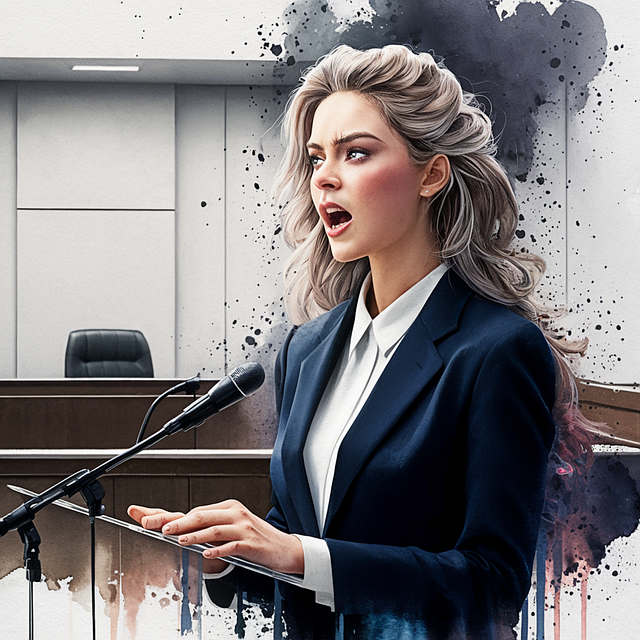The Shelterwood Academy Lawsuits bring light to allegations of abuse and neglect within the historic residential treatment center, sparking vital discussions on regulatory reform and victim support. Survivors seek justice through personal injury claims, aiming to hold accountable those responsible for their harm while creating legal precedents for future protection. Despite challenges, ongoing lawsuits offer compensation and accountability, fostering healing for past and present survivors.
In the quest for justice, survivors of past injustices often find solace in legal action. This is particularly true for those who endured abuse at Shelterwood Academy, a now-defunct institution with a dark historical impact. This article delves into the world of Shelterwood Academy Lawsuits, exploring how former residents are fighting for accountability through legal channels. We analyze the legal framework enabling these lawsuits and highlight success stories while acknowledging ongoing challenges faced by survivors seeking justice.
- Understanding Shelterwood Academy and Its Historical Impact
- The Legal Framework Behind Shelterwood Lawsuits
- Success Stories and Ongoing Challenges for Survivors
Understanding Shelterwood Academy and Its Historical Impact

Shelterwood Academy, a renowned residential treatment center for youth, has been in operation for several decades. Founded on the principles of therapeutic care and education, it aimed to provide a safe haven for at-risk children. However, its history is not without controversy. Many survivors of Shelterwood Academy have come forward with harrowing accounts of abuse, neglect, and exploitation during their time there. These revelations have sparked a wave of lawsuits, collectively known as Shelterwood Academy Lawsuits, seeking justice and accountability from the institution and its affiliated organizations.
The historical impact of Shelterwood Academy extends beyond its walls, leaving an indelible mark on the lives of those who resided there. The allegations of widespread abuse have brought to light systemic failures and a lack of oversight in youth care facilities. This has prompted a broader conversation about the need for stricter regulations, improved monitoring, and increased support for survivors seeking redress through legal avenues.
The Legal Framework Behind Shelterwood Lawsuits

The legal framework behind Shelterwood Academy lawsuits is built on a foundation of protection for individuals who have experienced abuse or harm while in the care of institutions like Shelterwood Academy. These lawsuits are designed to hold accountable those responsible for the well-being and safety of residents, ensuring justice for past and present survivors. The process involves navigating complex legal paths, including personal injury claims, negligence suits, and institutional liability.
Survivors seek compensation for physical, emotional, and psychological damages incurred during their time at Shelterwood Academy. They allege neglect, assault, and other forms of abuse, often backed by evidence such as medical records, witness testimonies, and detailed accounts of traumatic experiences. By initiating a Shelterwood Academy lawsuit, survivors aim to not only gain financial restitution but also to shed light on systemic issues within the institution, potentially driving much-needed changes for future protection and prevention.
Success Stories and Ongoing Challenges for Survivors

Many survivors of abuse at Shelterwood Academy have found success through their lawsuits, receiving compensation for the trauma they endured. These victories not only offer financial relief but also serve as a powerful recognition of the harm caused by the institution. However, navigating the legal process remains challenging. Survivors often face significant obstacles, including the passage of time, loss of records, and the emotional toll of reliving traumatic experiences in court.
Despite these challenges, many have persevered, determined to hold Shelterwood Academy accountable. Their resilience has led to important discussions about institutional liability and the need for better support systems for victims of abuse. As more survivors come forward, the Shelterwood Academy lawsuit continues to evolve, shaping legal precedents and potentially paving the way for healing and justice for future generations of survivors.
Many survivors of abuse at Shelterwood Academy have found a measure of justice through lawsuits, seeking closure and accountability. By understanding the historical impact of Shelterwood and navigating the legal framework, these individuals are not only securing compensation but also contributing to a broader conversation about healing and reform. While success stories offer hope, ongoing challenges remind us that the road to justice is complex. The pursuit of Shelterwood Academy lawsuits serves as a testament to the resilience of survivors and their quest for a brighter future.
